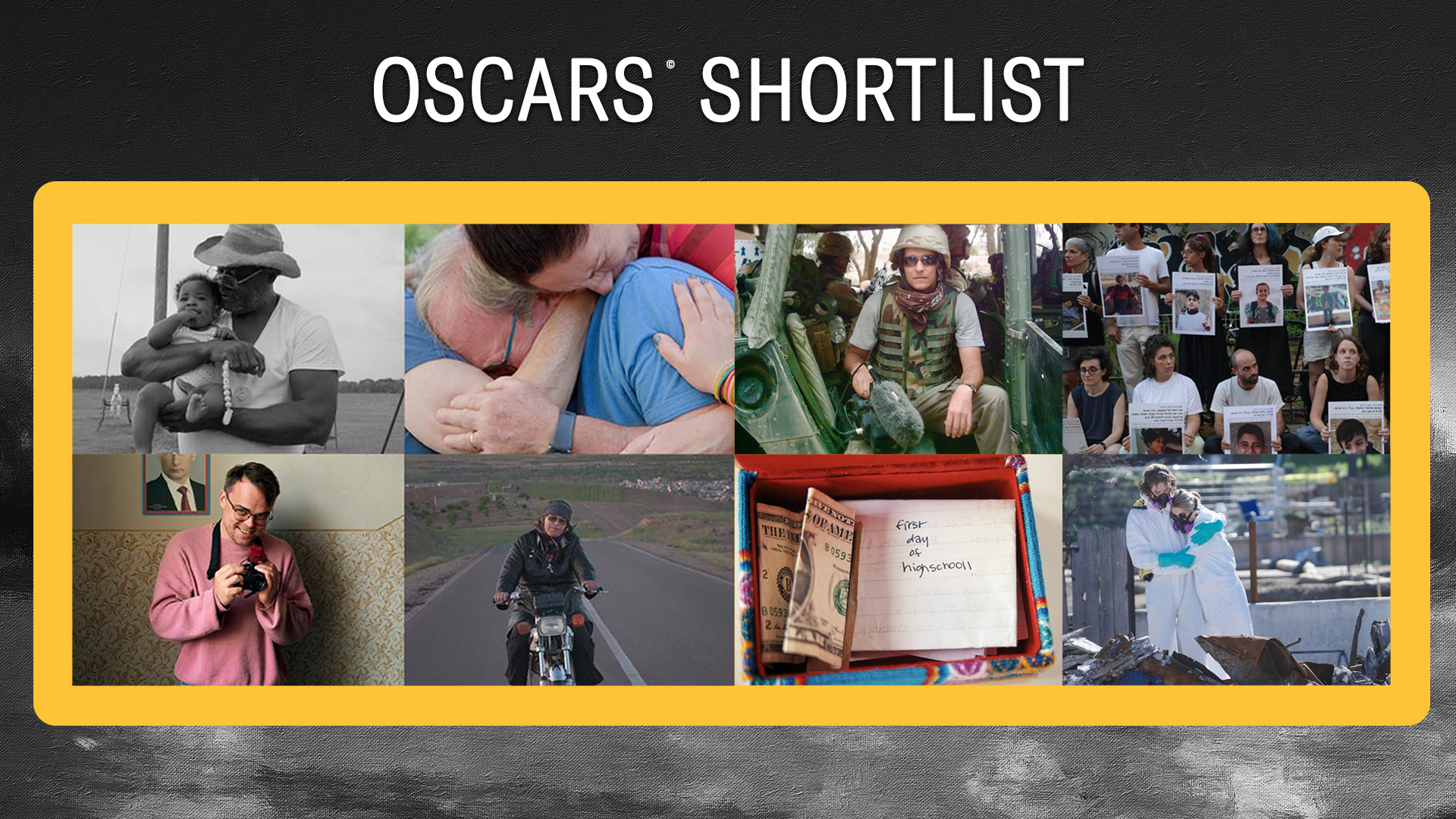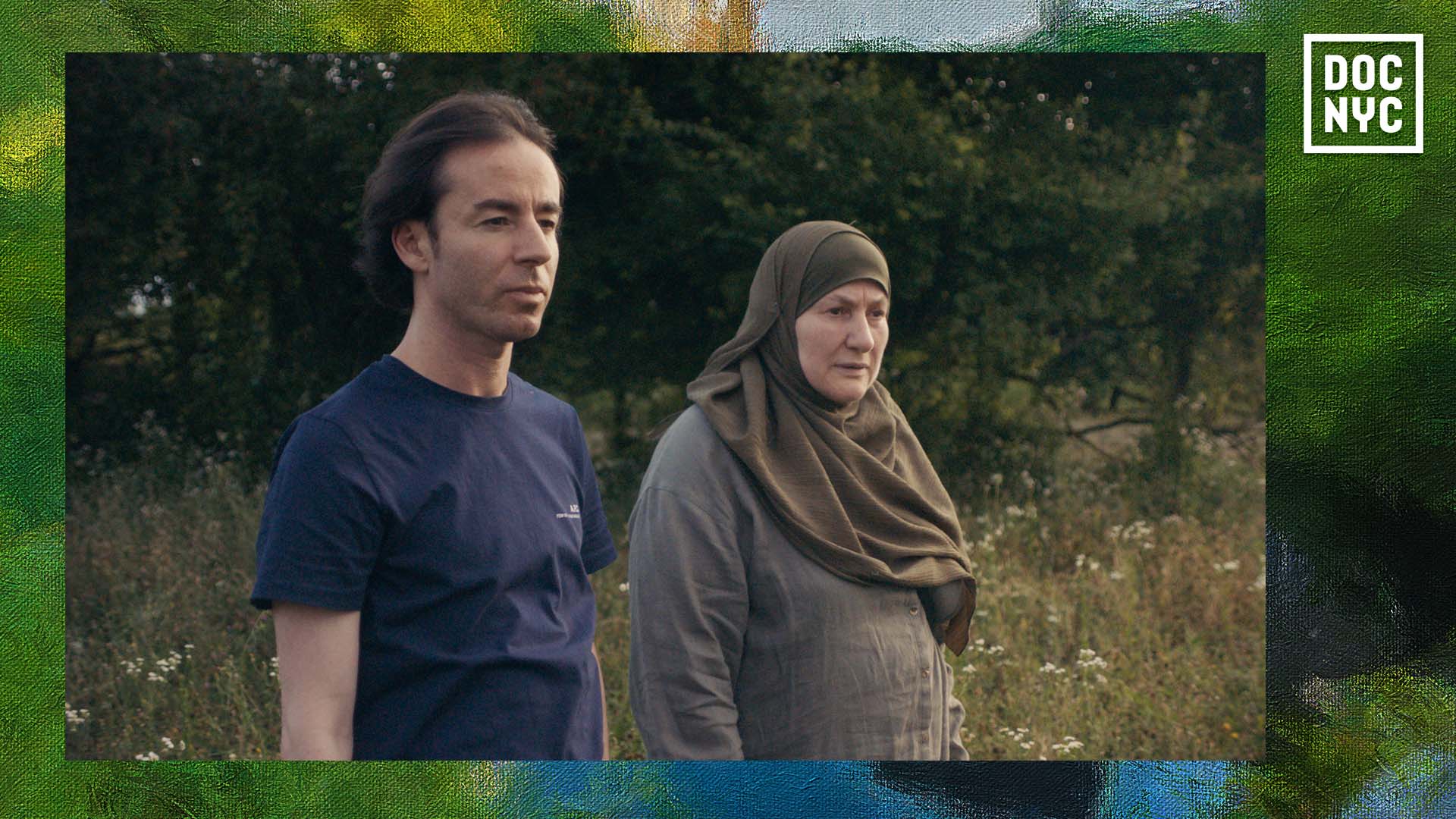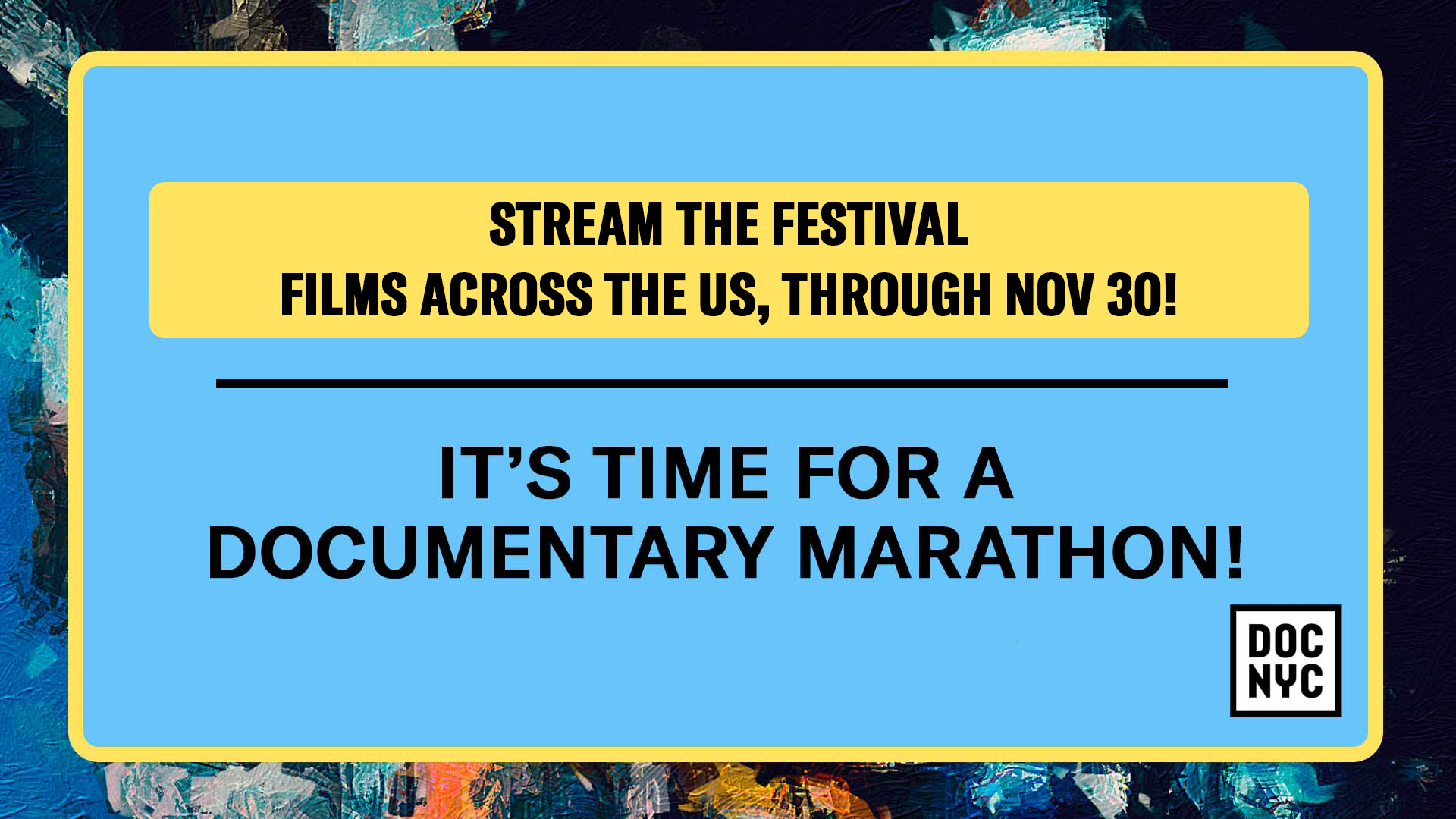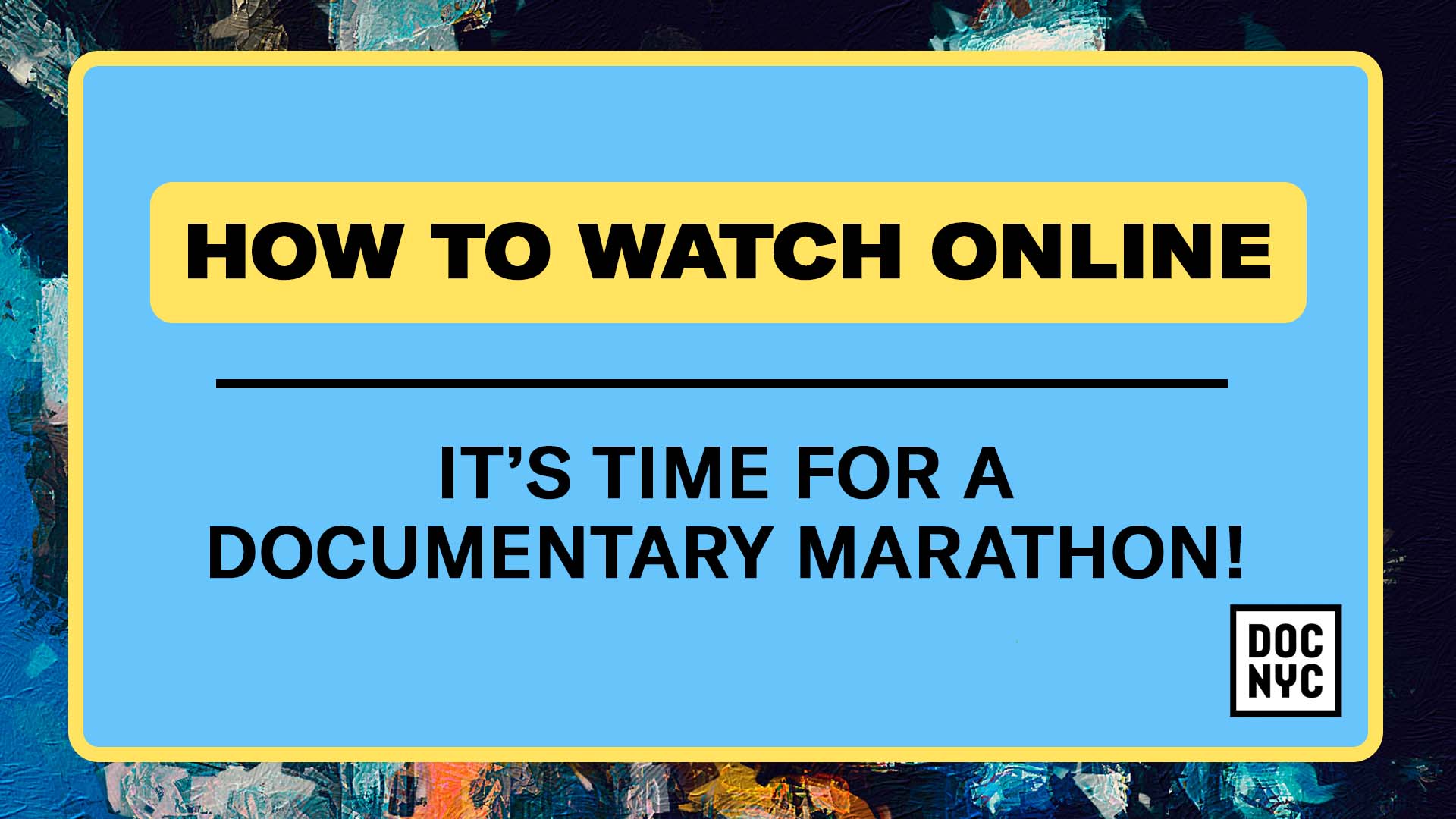Hostage Situations and Worst Case Scenarios Netflix docuseries digs into the high stakes world of for-profit kidnapping
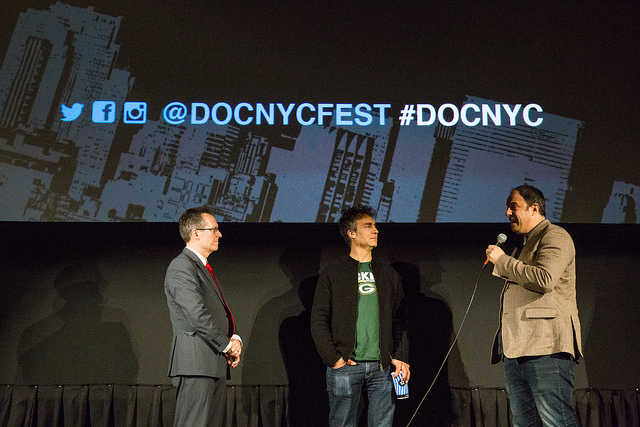
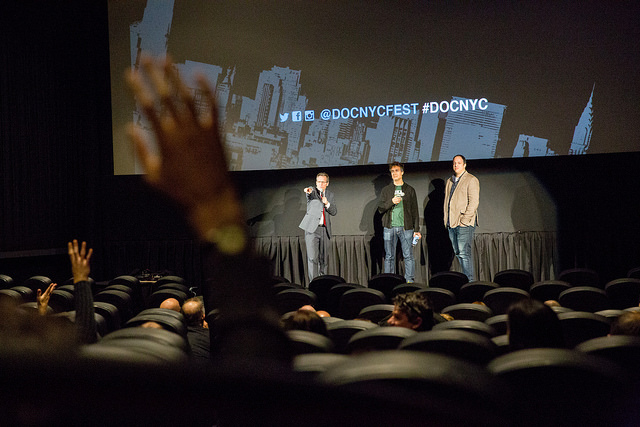
Written by Megan Scanlon
DOC NYC headed into day two of the festival with a screening of the much anticipated Captive: Cola Kidnap. A preview of the first episode out of eight, the audience saw the world premiere of the upcoming docuseries to be aired on Netflix, “the only place that could have and would have supported the series,” according to Producer Simon Chinn. Episodes delve into hostage situations from all over the globe, including a Somalian pirate kidnapping, and missionaries held hostage in the Philippines by an Al Qaeda linked group.
Captive: Cola Kidnap opens with aerial shots of Rio de Janeiro, Brazil, spanning the life on the beaches as people swim and play during the day; the bio-luminescent glow of the tide at night as it greets and bids farewell to the shore; and the favelas that climb into the sky, a network of brightly painted homes that kindle the landscape.The vibrant aerial footage belies Brazil’s disenfranchised, marked by the opening line of the episode, “We live in a social war between the haves and have nots,” told from the point of view of Ronaldo, the kidnapper.
In the 80’s and 90’s, kidnapping was a lucrative way to make money in Rio. The time period knew a technological universe far different than our contemporary matrix, ergo the reconnaissance work needed to map a victim’s movements before execution of the kidnapping was done analog style. In order to find a victim, the police work needed to record, trace, and locate telephone calls and GPS coordinates were cumbersome. Kidnappers had plenty to lose, but their risks were calculated in a different context than today.
The episode follows Ronaldo; educated, trained in the military, and from a close-knit family, Ronaldo was disillusioned by the difference in treatment he saw based on skin color. Kidnapping was a mission to be executed. Corinne Coffin, Brazilian born to American parents, worked for the local Coca Cola company. Representative of an empire, Ronaldo wanted $2.5 million from her family. The episode springs back and forth between accounts from Ronaldo, Corinne, her family, and the police, confronting the less explored transactional business of a hostage situation.
Present for an extended conversation with the audience, Producers Chinn (Man on Wire, Searching for Sugarman) and Doug Liman (The Bourne Identity, Swingers) spoke with DOC NYC Artistic Director Thom Powers about the development of the series and it’s heavy inclusion of the antihero. Chinn talked about an impossible development process that gave way to hope once they started to gain access to the kidnappers. “It was incredibly tough to get access to every point of view, every constituent in the negotiation and particularly the hostage takers themselves. This [episode] is one of my favorites because you’re really immersed in the point of view of the kidnapper and can begin to understand his perspective, and perhaps even empathize with him.”
It was the kidnapper’s view that hooked Liman on the series. “I’m very attracted to antiheroes…and that was going be a point of view very important for me. If you look at my films it’s sort of hard to tell who the villain is and who the hero is.”
Megan Scanlon works at the American University of Beirut. She has written for the DOC NYC blog, the Stranger Than Fiction documentary series, and the Journal of Community Engagement and Scholarship. Megan was a prescreener for the Margaret Mead Film Festival, and is a volunteer at the Bronx Documentary Center and DOC NYC. Follow her on instagram and twitter @
